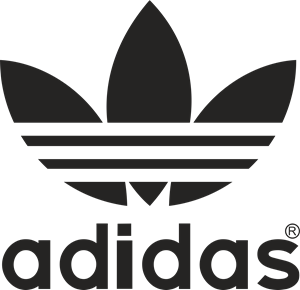- At what resolution should I save my photos and graphics?
- What color mode should my pictures be saved in?
- If I have a file that bleeds, how far should it bleed over the page?
- How do I go about getting an estimate from you?
- What is the Pantone Matching System?
- Why do the printed colors look different from the colors on my screen?
- What is a proof and why is it important that I look at it?
- What file format should I use when submitting my electronic document for printing?
- What are additional artwork considerations?
-
At what resolution should I save my photos and graphics?
Resolution should be set to 250 - 300 dpi.
Pictures and graphics pulled from the internet are often low resolution, typically 72 dpi or 96 dpi. Avoid these graphics, as they will appear pixelated and blocky when printed.
Also note that you should save all photos in CMYK mode, not RGB mode. Images saved in RGB mode may not print properly. If you are unable to save your image in CMYK mode, please let us know.
-
What color mode should my pictures be saved in?
The printing process depends on only two color models, CMYK (process colors) and Pantone (spot colors). Please make sure that all colors you are sending are based on these two models. Images and art using RGB colors have to be converted to one of these models before a file can be imaged.
-
If I have a file that bleeds, how far should it bleed over the page?
You should pull all colors and images that bleed off the sheet 1/8" beyond the page boundaries. This will ensure that no white space will mistakenly show on the file.
-
Well, since you are here, we would suggest you use our online estimate request form. Otherwise, the best way to ensure that we get all the information necessary to do an accurate quote is to give us a call and talk with one of our customer service representatives.
-
What is the Pantone Matching System?
The Pantone Matching System (PMS) is a color reproduction standard in which colors all across the spectrum are each identified by a unique, independent number. The use of PMS allows us to precisely match colors and maintain color consistency throughout the printing process.
-
Why do the printed colors look different from the colors on my screen?
In short, printers and monitors produce colors in different ways.
Monitors use the RGB (red, green, blue) color model, which usually supports a wider spectrum of colors. Printers use the CMYK (cyan, magenta, yellow, black) color model, which can reproduce most—but not all—of the colors in the RGB color model. Depending on the equipment used, CMYK generally matches 85–90% of the colors in the RGB model.
When a color is selected from the RGB model that is out of the range of the CMYK model, the application chooses what it thinks is the closest color that will match. Programs like Adobe Photoshop will allow you to choose which color will be replaced. Others may not.
-
What is a proof and why is it important that I look at it?
In printing terms, a proof is a one-off copy of your document after all modifications and printing setup processes have been completed. It is your last and best opportunity to make sure that the print job comes out the way you want. By carefully inspecting the proof, you can help us assure an accurate, flawless delivery of your print job on the first run.
-
What file format should I use when submitting my electronic document for printing?
PDF (Portable Document Format) is the most common and preferred file format for submitting digital documents. With the installation of a PDF print driver on your computer, virtually any program can generate a PDF file suitable for printing. Both commercial and free PDF print drivers are available online for download from different sources.
-
What are additional artwork considerations?
Text/Type:
Convert all fonts to paths/curves or embed them completely.The smallest font size you should use is 6 pt.
Do not use rich black (4-colors) for black text, always use 100% black.
Lines:
Too thin lines will be increased to a printable size, which will make lines set at 0 pt visible. Use at least 0.22 pt thickness for lines.






